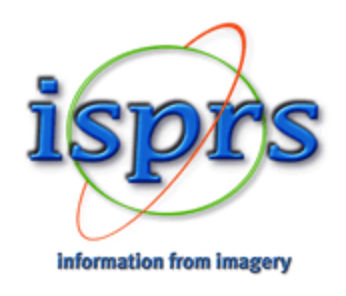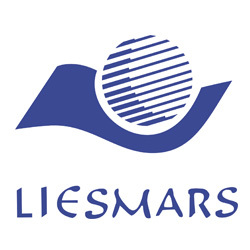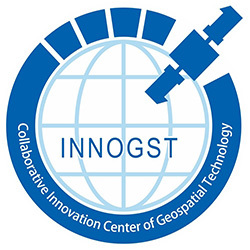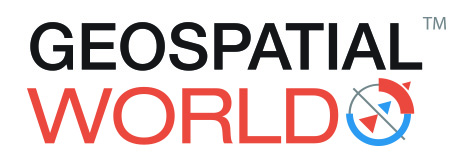Anthony G.O. Yeh
Prof. Anthony G.O. Yeh is Chan To-Hann Professor in Urban Planning and Design and Chair Professor of Department of Urban Planning and Design and Director of GIS Research Centre, and former Dean of Graduate School, Director of Centre of Urban Studies and Urban Planning, Institute of Transport Studies, and Head of Department of Urban Planning and Design at the University of Hong Kong. He is an Academician of the Chinese Academy of Sciences and Academy of Social Sciences in the UK and a Fellow of TWAS (The Academy of Sciences for the Developing World), Hong Kong Institute of Planners (HKIP), Royal Town Planning Institute (RTPI), Planning Institute of Australia (FPIA), Royal Institution of Chartered Surveyors (RICS) and Chartered Institute of Logistics and Transport (CILT). His main areas of specialisation are in urban development and planning in Hong Kong, China, and South East Asia and the applications of geographic information systems (GIS) as planning support system. He received the UN-HABITAT Lecture Award in 2008 for his outstanding and sustained contribution to research, thinking and practice in the human settlements field and the 2012 Dr. Gill-Chin Lim Global Award in the 53rd Annual Conference of the Association of Collegiate Schools of Planning (ACSP) in 2012 in recognition of his global commitment and leadership as a scholar and an educator in the field of humanistic globalization. He is a recipient of HKU’s Distinguished Research Achievement Award in 2016, the highest honour and award for excellence in research bestowed by the University of Hong Kong to one of its staff in every two to four years. He received the Life Time Achievement Award from the International Association of Chinese Professionals in Geographical Information Sciences (CPGIS) in 2017.
He has published over 30 books and monographs and over 180 international journal papers and book chapters. He also serves as editorial board members in major international journals and honorary professors in a number of universities and research institutes in China and S.E. Asia. He has been Founding Secretary-General of the Asian Planning Schools Association and Asia GIS Association, Founding President of the Hong Kong GIS Association, President of the Asia GIS Association, Chairman of the Hong Kong Geographical Association, Vice‑President of the Commonwealth Association of Planners, Vice‑President of the Hong Kong Institute of Planners, and Chairman of the Geographic Information Science Commission of the International Geographic Union (IGU).
Geospatial Data for Smart Mobility in Smart Cities
The advancement of outdoor and indoor positioning sensors and automatic vehicles has provided the technologies for the development of smart mobility in smart cities. However, these technologies alone cannot be adequate for smart mobility. They have to be supported by geospatial data. Manual methods for creating and updating them are not only costly but also time consuming. Automatic extraction and updating of geospatial navigation information from GIS and indoor layout plans is much needed so that they can be generated and updated frequently. Vehicle navigation GIS is often stored and conceived as centre line graphs. However, navigation paths in which the centre lines are located can be considered as a combination of polygons. By decomposing navigation paths, such as roads, from longitudinal road markings in a GIS into basic lane polygons and later overlay them with transverse road markings, such as turning information and speed limit, can generate lane-level road network data that can be further combined to road-level centre lines for vehicle navigation. Such polygonization method can be extended to extract pedestrian navigation paths from Building Information Modeling (BIM) model that is becoming a standard for the building industries. The geometric and semantic information in BIM can be used for generating indoor layout plans that can be decomposed into basic polygons representing open and closed indoor spaces. From these open and closed indoor space polygons, grid graphs and skeleton graphs for pedestrian navigation can be automatically generated and updated.


































